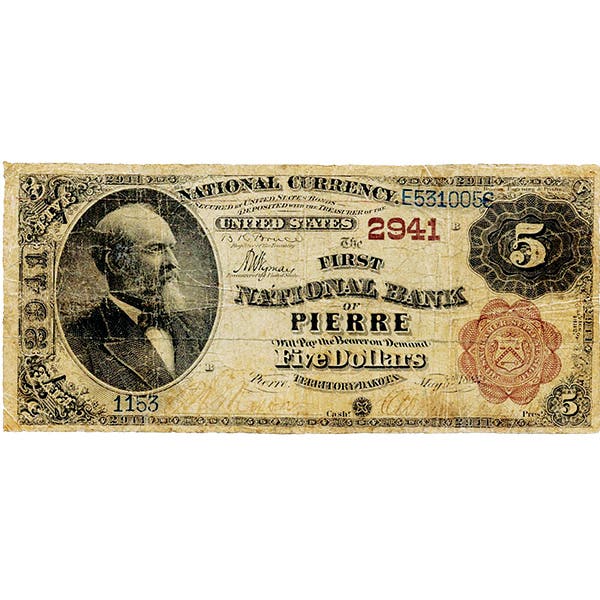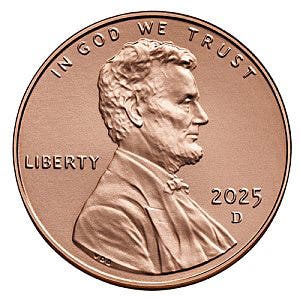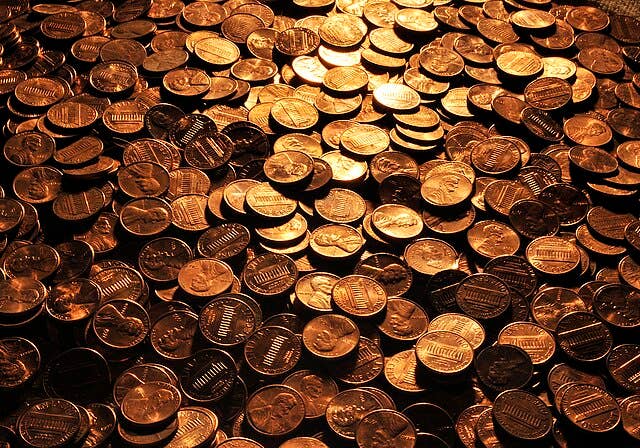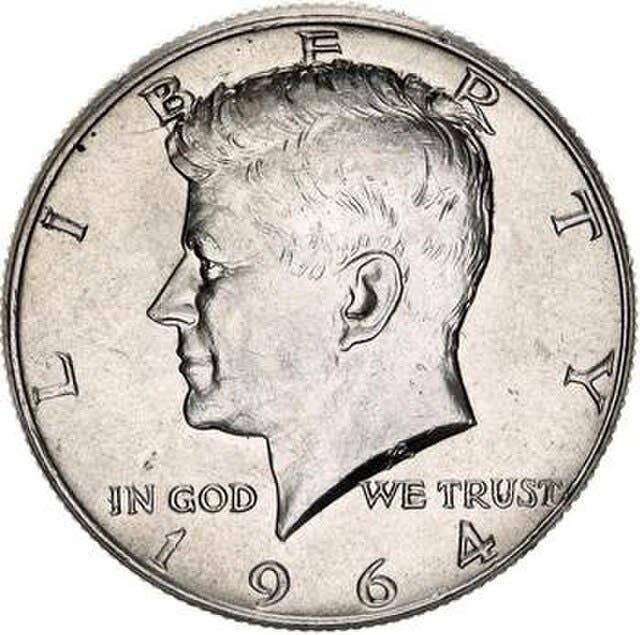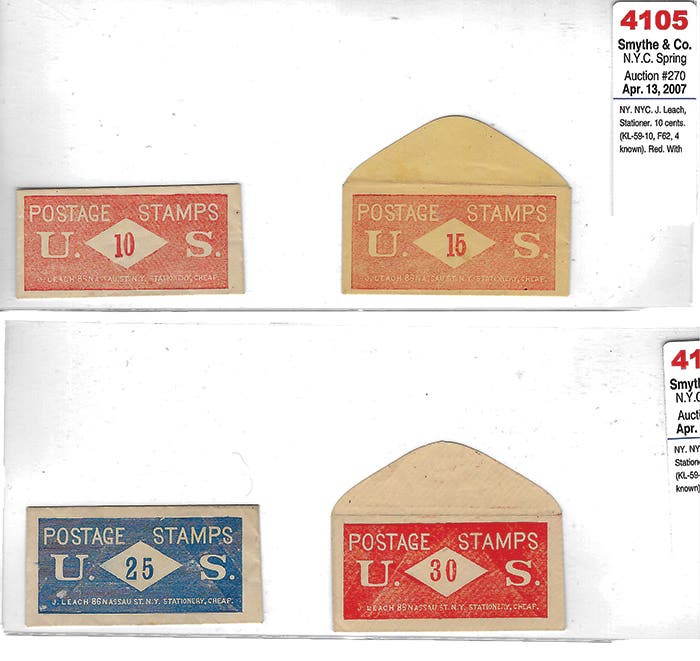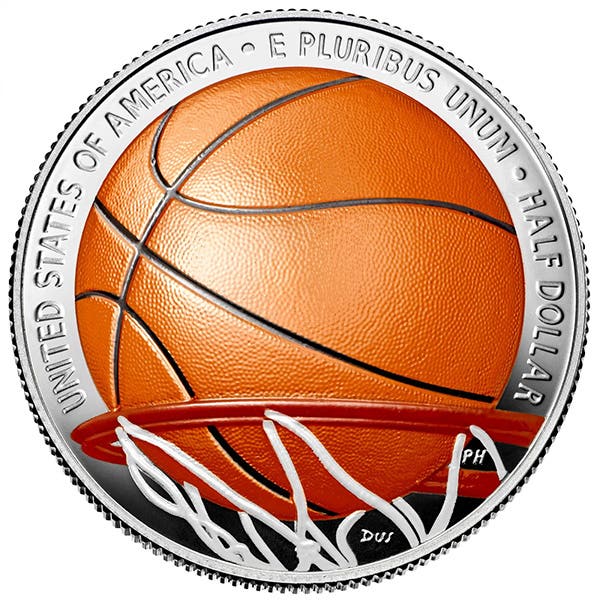Community Voice Responses (12/11/12)
From the November 16th Numismatic e-newsletter: Are prices of MS-69 and S-70 coins out of line with lower grade examples? Here are some answers sent from our e-newsletter readers to Editor Dave Harper.
From the November 16th Numismatic e-newsletter: Are prices of MS-69 and S-70 coins out of line with lower grade examples? Here are some answers sent from our e-newsletter readers to Editor Dave Harper.
I have been rethinking the grading of coins especially the modern silver coins from around the world with the MS-70 PF-70, and all the other wording involved to just increase the price not the value of the coins. I understand that these coins are a longer term investment, but they are putting them out like candy. In the long run, these coins have the same value as bullion.
Peter Quilla
Perth Amboy, N.J.
The short answer is: Yes, the prices of MS-69 and MS-70 coins are way out of line compared to the prices of lower grades. But, it doesn’t bother me because I would never pay such outrageous prices. Besides, for most coins I prefer a little circulation to prove the coins were really used as money. And, for modern U.S. coins I just pull the best example I can find out of circulation.
The problem seems to be a conflict or confusion between the two different purposes of the grading services. One is to assign a grade to the coin. The second is to pass an opinion as to the coin’s authenticity. For modern coins made in the millions or billions, authenticity is really not in question, and the purpose of the slab is to assign a grade. The problem is that the slabbing itself costs several dollars, and for modern coins that is more than the coin is worth. So, we see these crazy premiums for MS-69 coins because the dealers must at least pay for the slabbing.
What is needed is some way for collectors to communally assign a grade, and a date graded (for provenance purposes) without passing judgment as to authenticity. I am imagining coin club meetings where everybody brings a dozen coins, and the group grades them and “slabs” them with the group’s seal. This service could be free to attending collectors, or there could be a nominal fee that goes into the club’s treasury.
C. David Eagle
Corsicana, Texas
Yes, the prices of MS-69 and MS-70 coins are completely out of line with examples in, say, MS-65. However, a MS-65 specimen is in most cases not that hard to find, while an MS-69 or -70 could well be a one or five of a kind. Now, if we are talking about freshly minted coins, which appear to have been minted with an eye to the “select” collector, this is a different story. But, if one could come up with a primo set of coins minted in my birth year, 1948, each one of these coins would be worth a fortune, due to its rarity, and the fact that some people are willing and able to pay super prices. Sad to say, I am not one of those people who are able, or willing for that matter. If I had the resources, I would rather buy 20 MS-65 coins than one MS-69 or MS-70.
Robert A. Blanning
Kato, Lehonia, Volos, Greece
Originally Indianapolis, Ind.
Anything above MS-65 is almost a waste. Most eyes that grade above this can vary. It would vary like fine to very fine plus. Fleur de coin (perfect) condition I’ve never seen in my 50-plus years collecting. This is what I would label MS-69 or -70.
Gary Kess Berkel
Rodenrijs, The Netherlands
The MS-69/MS-70 craze is simply a way to increase the perception of quality and add to the price.
As a collector, anything over MS-65 is not readily apparent to the average eye. An MS-65 coin with original surface from the 1880s is more desirable to me than a 2011 early release American Eagle Proof-70 Cameo. (Yeah, I have some Eagles set aside, too, but for their intended use.) With millions of current coins produced, the sellers of same have to create a sense of added value in order to add to their margin, “MS-70,” “Early Release,” Flag Label,” “Multiple Holder,” the latter coming just in time for the American Eagle proof sets.
I’d rather have a few nice 1800s coins any day.
Bill Kelly
Milton, Fla.
I am not a fan of graded coins. It seems to elevate the price unnecessarily. I like OPG and bullion coins.
It’s a truer reflection of the item.
Jeffrey Blum
Williamstown, Vt.
Yes, I will say with absolute certainty that -69 and -70 grades are laughable and out of line. The wholesale slabbing of coins in general has ruined the hobby
Stefan Kamieniecki
University Place, Wash.
Probably not, for if someone can send in a coin 24 times until it grades out at a grade higher from MS-64 to a MS-65, and unless there are huge differences in the grade -69, there are good chances that they are really one and the same.
Alan Hepler
Laytonsville, Md.
Are MS-69 and MS-70 coin prices out of line? Some are. Some are not. It all depends upon what coin you are talking about. Most of the so-called coins (bullion coins) are way out of line price-wise when it comes to the MS-69 or MS-70 graded coins. To me a coin is something you would spend to buy something you want. I do not know of anyone spending bullion coins as regular money. Therefore they are not money to me. As for regularly issued coins issued through the Federal Reserve System, most of the MS-69 and MS-70 coins are fairly priced. I say most because you can always find overpriced coins if you look hard enough. The truth is that to those who have the extra cash to spend, no coin is overpriced as long as they want the coin and have the money to part with. As with beauty, the value of any coin is in the eye of the beholder.
John T. Tinney
Volcano, Calif.
Yes, the prices are way out of line; people buying them are collecting the plastic, not the coin inside. Purchases at that level are driven only by the size of the ego of the collector, as the actual difference in quality is negligible between the highest MS grades.
Bill Eckberg
West Palm Beach, Fla.
In regard to higher graded MS coins, I think it’s just a matter of supply versus demand. Let’s admit it, there are a lot more lesser grade coins available than any type of MS-69 or 70 coins. The allure and beauty of a Mint State coin is undeniable, and most collectors do covet them, if they cannot afford to buy them.
As long as economically unchallenged collectors desire the rarer and better MS grades, the lopsided values will continue to persist, and new record prices will continue to be realized despite the state of our national economy. These collectors invest in rarity more than just for the sake of collecting. Let them continue to outbid each other for their untouchable rarities.
As for me personally, I am a collector, not a speculator, and I truly enjoy the worn old coins for their human history, that has left so obvious a mark upon them. With no thought of its value, I still find myself having fun examining pocket change as I get it.
Most of my collection consists of “raw” coins in 2x2 flips, which I have collected over the years, making it easy to actually touch, smell and feel the past. Sometimes while holding a raw coin, I close my eyes and try to let its history play across the technicolor widescreen palette of my imagination.
Yes, I do sometimes smell my coins, and the ancients actually do seem to have a particular earthy aroma, as do the early American cents, which often smell of railroad coal. All I get with slabs is the smell of plastic.
James A. Porter
Address withheld
More Coin Collecting Resources:
• Subscribe to our Coin Price Guide, buy Coin Books & Coin Folders and join the NumisMaster VIP Program




